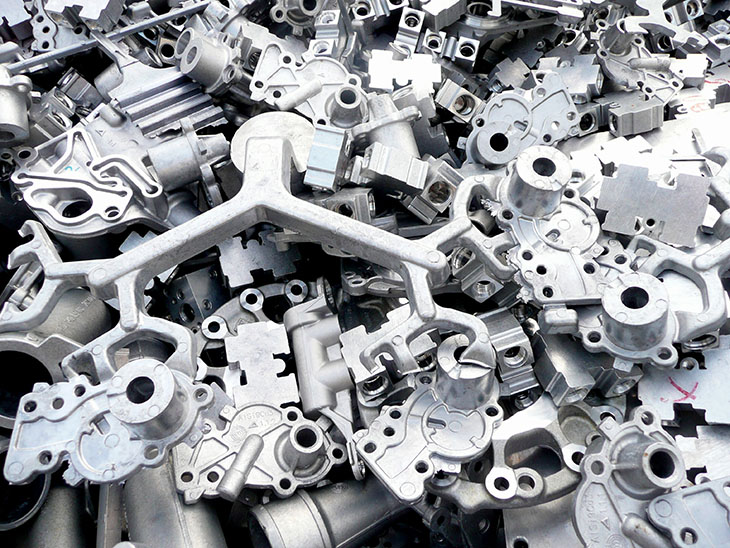Minimizing welding fumes in your shop is all about addressing the main sources, including certain materials and techniques. Many factors contribute to the amount of fumes welding processes create. Some can’t be eliminated, but you can take steps to reduce fume generation as much as possible.
Utilize or Create Ventilation
Improving ventilation is vital because good airflow goes a long way toward minimizing fumes. It can keep the air clean even if many welders work in the same space. There are several techniques you can use to improve ventilation in your shop.
First, make use of any windows you have available. Not all welding shops have windows that can easily be opened, and weather can also pose a problem. However, when it is possible, keep the windows open to let fresh air in.
Extraction systems are great for fume management but can be expensive. If you can’t afford enough for all your welding stations, arrange fans to channel fumes from workstations out of the building.
The EPA recommends using fans and exhaust fans together. For example, a floor fan could blow fumes away from a workstation and toward one of the HVAC exhaust fans for the shop. This can serve as a makeshift fume extraction system.
Be strategic about fan usage throughout the shop. Going beyond basic floor fans can help improve air quality. For example, a large, slow-moving ceiling fan can improve circulation and cool the shop on hot days. Make sure everyone is also mindful of where their personal fans are pointing. They can blow fumes away from one person but directly toward another welder.
Minimize Fumes Through Technique
How welders work can greatly impact the amount of fumes created in the shop, and encouraging certain techniques can help keep the air clean. The shop supervisor can also help. For example, welding during non-peak hours can help with heat management, which is good for welders and minimizing fumes. Welding during the hottest part of the day will only worsen the effects of fumes and make it more difficult for people to focus and work safely.
Certain welding practices can also help reduce fumes. For example, reducing the size of a weld minimizes the fumes it creates. Some welders may be tempted to do larger welds for stability or added security, but this creates unnecessary fumes that worsen air quality in the shop. Encourage your team to keep their welds to the minimum size needed to safely close a joint.
Similarly, certain types of welds produce more fumes than others. This is mainly due to the differences in the chemical composition of the flux used for different welding processes. For instance, gas tungsten arc welding is generally the lowest fume-generating process, although it is often only suitable for precision tasks. However, it may not always be possible to avoid high-fume welding, depending on the project.
Opt for Low-Fume Welding Materials
The materials used to complete a weld can significantly impact the amount of fumes generated. This applies to the fillers, gases, fluxes and material being worked on. It’s especially important to pay attention to this since welding is one of the most common techniques used in manufacturing. Avoiding potentially harmful materials can also result in safer end products and work environments.
One of the most important steps for minimizing fumes is removing coatings on the weld surface. It may seem like a hassle, but this can prevent exposure to toxic air contaminants. Certain ingredients, such as zinc or paint, can create toxic fumes if someone attempts to weld them. Ensure your team checks for coatings and safely removes them from the welding area.
Additionally, paying attention to the filler material welders are using is essential. Fillers are one of the largest contributors to welding fumes and can contain toxic materials like lead or cadmium. Certain types of welds require specific filler materials, but encourage your team to avoid using those with high amounts of hazardous materials.
Shielding gas can also contribute to toxic welding fumes. Welders may be tempted to use pure CO2, particularly for projects with thick materials. However, it creates more fumes than a mixture shielding gas since it burns more filler material and produces more spatter during welding. Using an argon-CO2 combination will reduce fumes and transfer more of the filler material’s composition to the weld, reducing the risk of cracking.
Reducing Fumes for Safer Welding
Minimizing welding fumes in your shop is crucial for ensuring your team has a safe work environment. Several factors contribute to fumes, including the materials used, certain techniques and poor shop ventilation. Addressing these risk factors reduces the fumes created in your shop.
It’s also important to remind your team about the risks of exposure to welding fumes. Safe practices go a long way toward preventing serious illness from fume exposure on the job.























